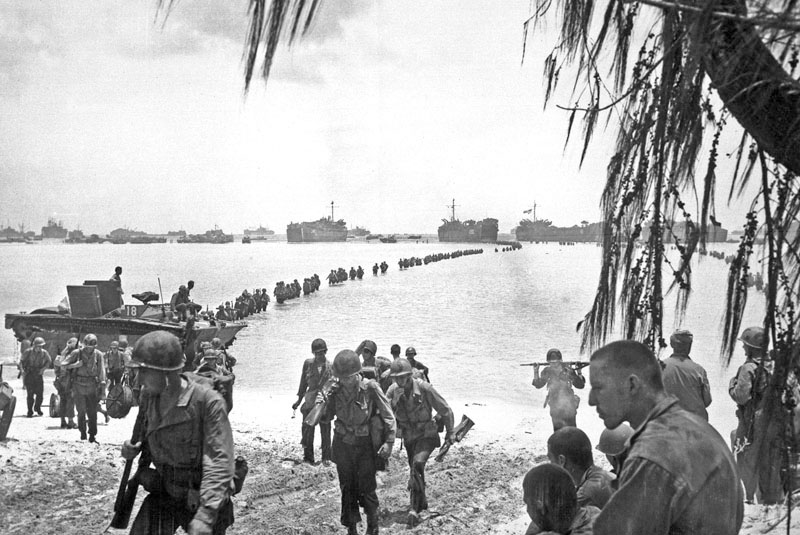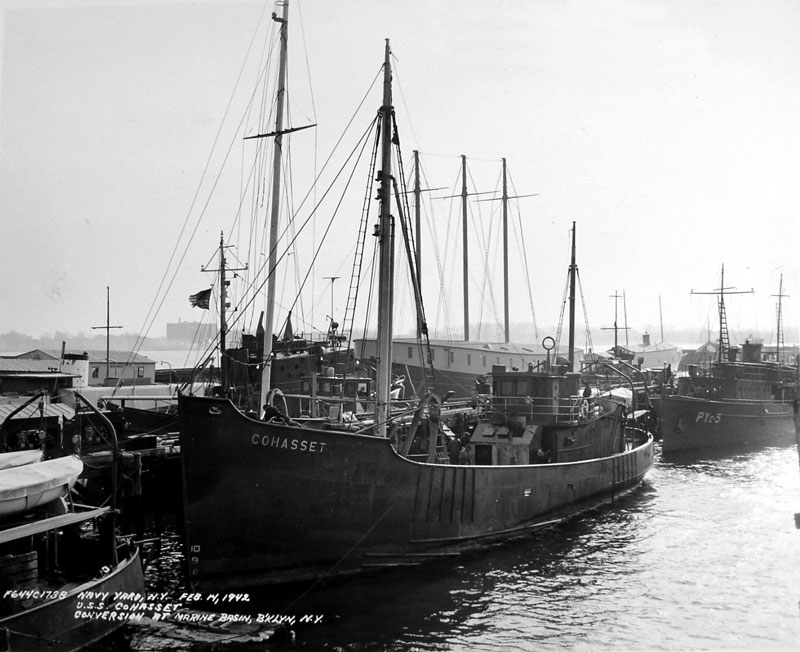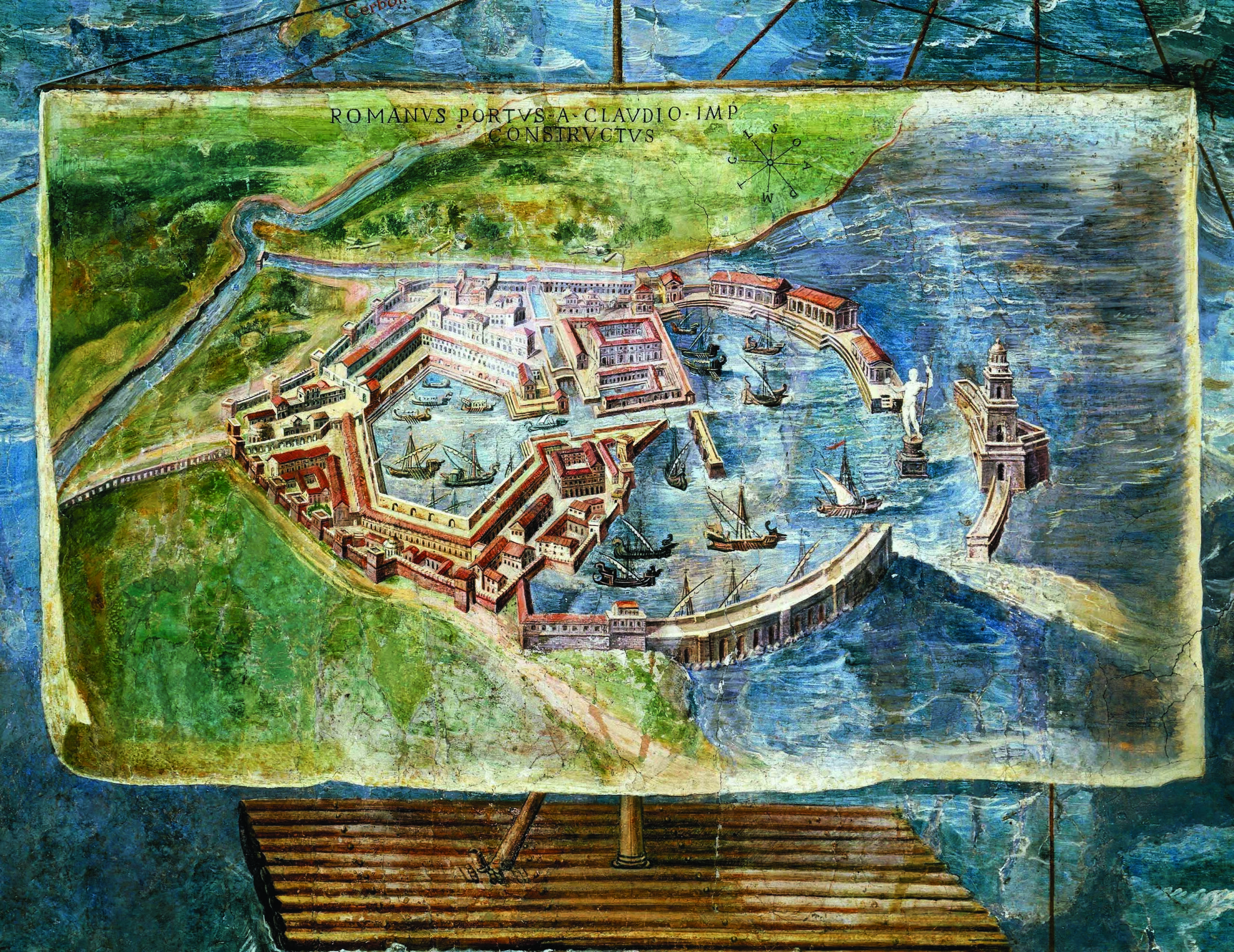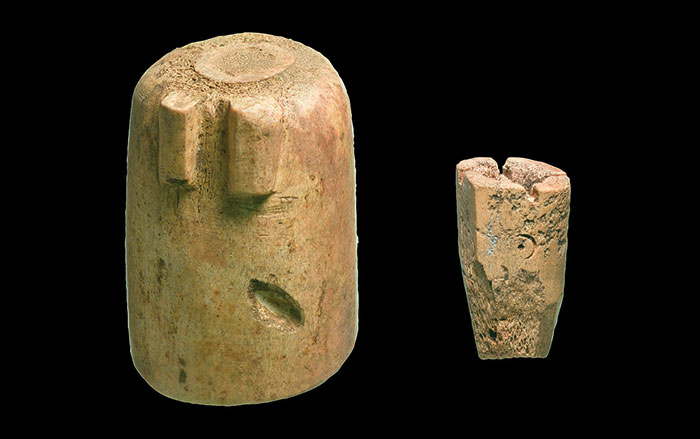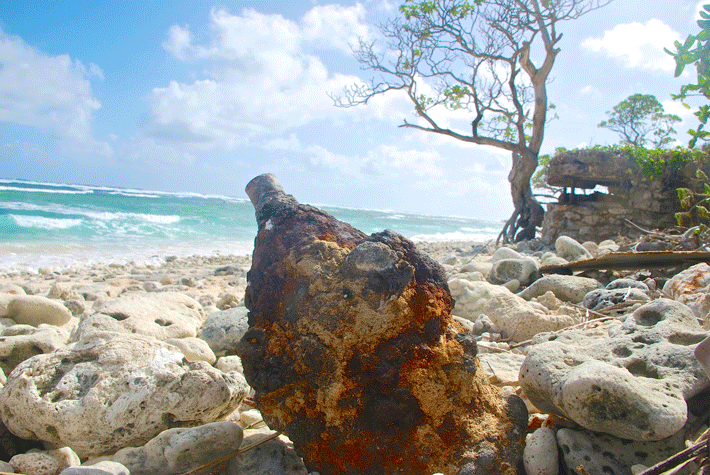
Crystal-clear water laps the white sands of Wotje Atoll in the Republic of the Marshall Islands, roughly halfway between Hawaii and Australia in the Pacific Ocean. Up the beach, a line of coconut palms provides much-needed refuge from the blazing sun. It is, by any definition, a tropical paradise. Yet in the sand and scrub of these islands, being slowly revealed by wind, waves, and the daily activities of the Marshallese people, are dozens upon dozens of unwieldy metal cylinders. Many of these objects are breaking down and cracking open, and leak a lurid yellow powder. In the middle of the twentieth century, during World War II, the atolls in the Marshall Islands formed part of the eastern defensive line of the Empire of Japan. The metal objects are unexploded bombs and projectiles from that time—dropped, buried, or hidden, and forgotten by the outside world—known as explosive remnants of war (ERW). Time and the tropical climate have left the ERW deteriorating, toxic, and volatile. Accidental detonation and chemical leakage pose serious threats to islanders and to local historic sites.

When discovered, ERW must be carefully rendered safe and/or removed by ordnance professionals. Yet the bombs and projectiles are still historical artifacts, and the sites around them provide important context. To remove or destroy these historic bombs without studying them first is to remove pieces of a story, a story that can reveal aspects of warfare and of life in wartime that went undocumented at the time. Although the safety of the Marshallese people is always the first priority, a careful balance of caution and inquiry has made it possible both to learn a great deal from ERW and to help restore places such as Wotje.
On a Saturday in February 2014, a small aircraft makes a rattling landing on the grass-covered Japanese-era airstrip on Wotje Islet in Wotje Atoll. I’ve come to the island as chief archaeologist with the Marshall Islands Historic Preservation Office (HPO) to assist two representatives from the ERW disposal company Cleared Ground Demining, Steve Ballinger and Morgan Matsuoka, in a survey of World War II ordnance contamination. Wotje looks like any other small village in the Marshalls. Extended families live in Western-style houses with outdoor cooking areas along the lagoon shore. Small stores near the center of the island sell rice, flour, ramen, and, on lucky days, ice-cold Cokes. A single motorized vehicle, a beat-up pickup truck, is the only way to transport supplies around the half-mile-wide island.
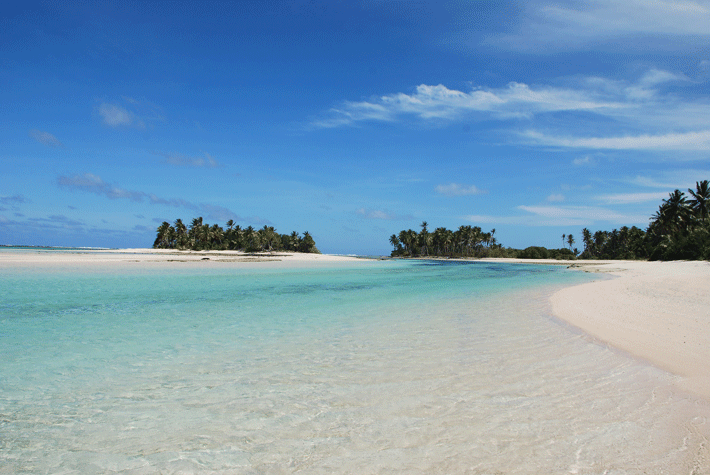
Explosive ordnance survey and disposal has become one of the primary objectives of the Marshall Islands HPO. In 2012, the mayors of several atolls voiced their concerns to the national parliament, and with funding assistance from the Australian and U.S. governments, the island nation launched a multiyear campaign to render the atolls ERW-safe. As part of this effort, the HPO assists disposal teams with historical reports and photographs, and joins them to collect data, work with local communities, and ensure no historical or traditional sites are damaged during removal. When possible, the HPO works with the ordnance teams to preserve ERW in situ as artifacts on a historic landscape. There have been only sporadic attempts to clear ERW in the past, but since 2012, six surveys and two large-scale disposal operations have taken place on Mili, Maloelap, Wotje, and Jaluit Atolls, with more planned for 2015 and 2016.
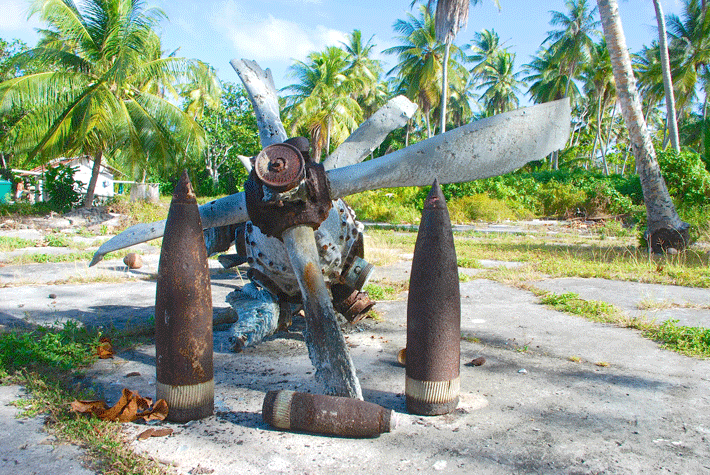
An older man and a couple of teenagers serve as our guides and first sources for identifying ordnance sites. They lead us to the island’s single diesel generator, at the base of a crumbling Japanese seaplane ramp next to the twisted and bent engines of a Japanese Kawanishi H8K “Emily” plane. There, we find two American eight-inch, high-capacity projectiles, and one five-inch projectile. Ballinger takes a closer look and notes the deeply grooved rings that formed at the base of each explosive as they were propelled from massive U.S. naval guns. The projectiles failed to detonate on impact, leaving them, even today, extremely volatile. Heat, friction, or shock could cause a detonation that would destroy part of the generator, not to mention maim or kill anyone unfortunate enough to be nearby. This unpredictability makes ERW a source of much anxiety. Several accidental detonations have occurred in the Marshalls over the last decade, with one resulting in the death of a 12-year-old boy. Moving slowly from one explosive to the next, Ballinger, Matsuoka, and I take notes, photographs, and measurements to help us identify the types of projectiles and explosive fillers—and possibly even which ship the explosives came from. In the following days, we will load the ERW onto the padded bed of the island pickup for transport to an uninhabited area for eventual disposal.

The history of the Marshall Islands reads like an adventure novel: gold buried beneath beaches, ships seeking safe harbor after mutinies, brutal conflicts between locals and Europeans. Early Marshallese, a Micronesian people who settled the 29 coral atolls and five coral islands of the archipelago around 2,000 years ago, made the most of scarce resources. They farmed, fished, and created a vibrant culture visible in their traditional dances, pandanus fiber mats, and outrigger canoes. Traditional life in the central Pacific region drastically changed with the arrival of Europeans in the sixteenth century. By the mid- to late nineteenth century, Europeans had laid claim to much of the Pacific. In the Marshalls, the Germans began the production of coconut oil. Large swaths of land became copra plantations, massive oceangoing vessels anchored in lagoons, and missions and trading stations rose.
In 1914, at the dawn of World War I, the Japanese navy seized control of Micronesia, but it wasn’t until the late 1930s that they sought to fortify paradise. The Japanese strategically constructed seaplane and naval bases and airfields on Kwajalein, Enewetak, Wotje, Jaluit, Mili, Maloelap, and Majuro Atolls. On February 1, 1942, the U.S. military began a campaign in the Marshall Islands with one of the first attacks on Japanese forces following Pearl Harbor. For months, U.S. forces bombarded Japanese bases, and, in early 1944, successfully invaded Majuro, Kwajalein, and Enewetak Atolls. Dirk Spennemann, associate professor of cultural heritage management at Charles Sturt University in Australia, reports that the United States directed a minimum of 15,000 tons of high-explosive bombs, napalm, rockets, and naval shells at targets in the Marshalls, an estimate that does not include invasion bombardment at Kwajalein and Enewetak. By December 1943, Mili Atoll had received more tonnage of U.S. explosives than any other target in the war to date—Berlin included. U.S. intelligence reports, Japanese accounts, and historical research conducted by Spennemann further suggest that as many as 50 percent of naval shells, and some other U.S. ordnance, failed to detonate on impact. In addition, countless tons of Japanese bombs and projectiles were stored on the islands as counterinvasion measures. There is currently no way of telling how many tons of these explosives remain on the former bases. By the end of the war, the once-lush tropical atolls were left hellish, with hundreds of Americans, Japanese, and Marshallese dead, vegetation burned, and thousands of pounds of explosives scattered across islets and vivid blue lagoons.

Once the soldiers had moved on, vegetation and the Marshallese moved back in. Ferns and vines now weave through the rusting and crumbling remains of coastal defense cannons, aircraft wreckage, barracks, and bunkers. In many cases, residents have resettled in old bases and repurposed military structures. Bunkers are now homes with wood frame additions, gun emplacement wells are pigpens, and machine guns hold shed doors closed. Residents have even found a use for bomb craters: as pits for the production of taro, a starchy staple of Pacific cuisine. However, while clearing vegetation, building homes, or farming, accidental detonation of deteriorating ERW remains a serious threat.
After we examine the projectiles near the generator, our guides take us to a beach along the lagoon between a collapsed antiaircraft emplacement and a massive circular blockhouse at the northern tip of the island. The building is riddled with bullet holes. During the war, U.S. pilots strafed the installation to silence the 13 mm machine guns firing through its narrow ports. In the sand at the base of the blockhouse, within the tidal area, are two cylindrical steel bombs. Decades of resting partially submerged along the shore have left the bombs deformed; large coral and sand encrustations bulge from the corroded shells. We delicately brush back rust to reveal the riveted construction characteristic of Japanese Type 97 No. 6 land bombs. The Type 97s resemble the stereotypical finned bombs seen in dozens of WWII movies. However, these are Japanese bombs, lying in the open a quarter-mile from the airstrip. They are unlikely to have been dropped here like the American ordnance. Rather, they appear to have been purposely placed on the beach.
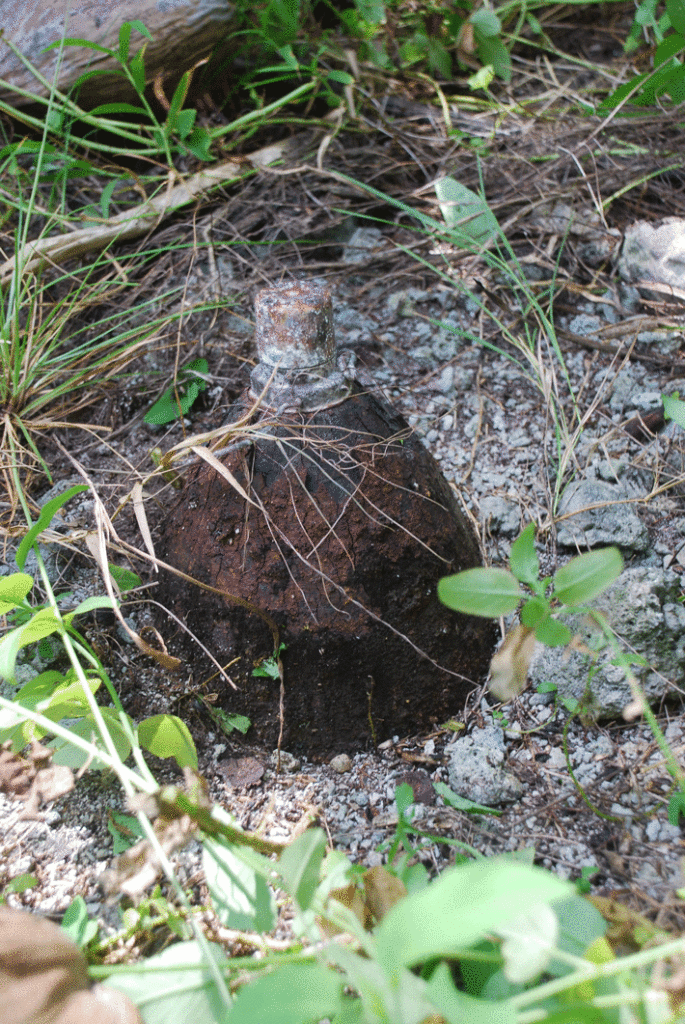
We follow the shore to the ocean side to examine where Japanese forces constructed heavy fortifications. As the team approaches a Japanese pillbox, I spot another partially buried Type 97 bomb. The explosive is dug into the sand at a slight angle, with its nose—where the fuze, or detonation mechanism, is housed—pointed skyward. There are more. By the end of the day we have had the sobering experience of idenitifying a dozen others down the beach in front of Wotje High School, and along either side of the airstrip our plane landed on. Each bomb is partially buried, with the fuze above the surface. The locations and orientations of these bombs present significant risk and also hint at the anxiety that must have permeated the months of waiting and bursts of violence that defined WWII in the Pacific theater.
Bombs like the ones across the Marshalls were dangerous from the moment they were built, and, in the seven decades they have spent in the humid salt air of the Pacific, have only grown more so. Corrosion of the metal shells or degradation of explosive components increases the potential for detonation or chemical contamination. Munitions remain unexploded today for a number of reasons. Perhaps the ordnance was never prepped for detonation, or failed to initiate on impact due to a production error or a loss of inertia too gradual to trip the fuze. The cause of the failure or the degradation of components is rarely visible, so we must assume that the slightest movement could set them off. Len Austin, the chief of explosive ordnance disposal for Golden West Humanitarian Foundation, based in Woodland Hills, California, says, “Some fuzes, fired or unfired, that are in the munitions, will degrade over so many years. The primers and detonators may break down to an even more sensitive state. Springs may have rusted or worn down, allowing for the movement of the firing pin. The explosive fillers may have degraded, or even undergone a chemical change due to heat, moisture, or reacting to the metals within the ammunition. So any movement or disturbance in its orientation could cause an old munition to detonate.”
Golden West and the Marshall Islands HPO recently dealt with just such a chemical change on Mili Atoll. Crews were attempting to dispose of five 650-pound Japanese Type 3 No. 25 bombs found buried near the island’s village. Similar in appearance to Type 97s—but much larger—these bombs were likely buried by U.S. troops or disposal teams shortly after the war. In three of the five bombs the explosive filler, 60 percent TNT and 40 percent hexanitrodiphenylamine (a highly toxic explosive compound), had decomposed into a tar-like sludge due to intense heat from brush fires. The cores of the bombs remained intact, and the decomposition created pressure that could have resulted in spontaneous detonation. The resulting explosion would have consumed the other four bombs and portions of the village.
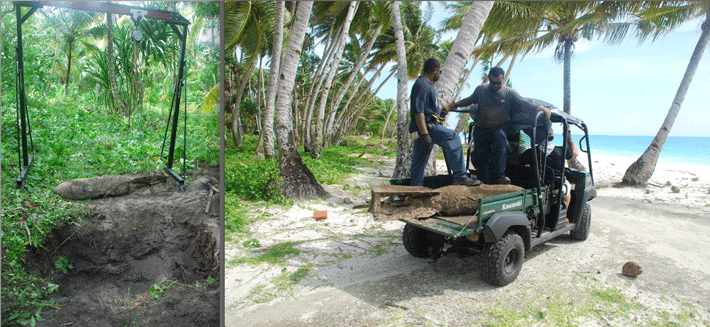
Even if the bombs don’t detonate, their chemical components can leak, creating health hazards. During archaeological expeditions to Mili, Wotje, and Maloelap Atolls, professionals with HPO identified several Japanese explosives leaking picric acid, a mustard-colored compound of sulfuric acid and phenol. When dampened, picric acid forms highly explosive, impact-sensitive crystals. The compound is also very toxic and can lead to kidney failure if ingested. Matt Riding, the HPO anthropologist, says, “Chemicals from ERW are leaking into wells, rain catchments, and animal drinking water. Fish are ingesting the chemicals from submerged bombs in the lagoon and, in turn, local populations eat the fish. Residents have stopped fishing in some places, stating that the fish in those locations are no good. Underwater surveys of these areas often identify ERW.”
Japanese records for the Marshall Islands are difficult to access and do not necessarily address specific events or details. All of the material remains of the war have the potential to provide new information. Archaeologists who encounter ERW collect data on the traits, modifications, and condition of the bombs, as well as their placement, orientation, and association with other artifacts and buildings. Through these data, the HPO hopes to develop a more accurate idea of Japanese military tactics and life on their bases before, during, and after battle.
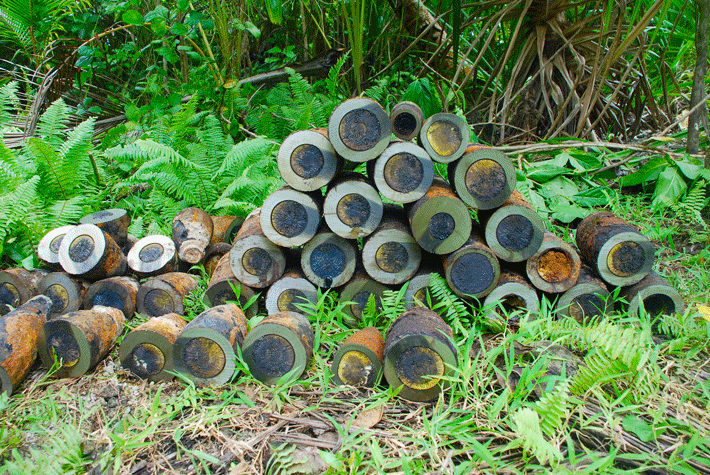
According to Jim Christensen, senior archaeologist with ACR Consultants, a cultural resource management firm based in Sheridan, Wyoming, that employs archaeologists cross-trained as unexploded ordnance technicians, “The study of ERW helps address a number of research questions. For example, what was the practical accuracy of bombsights versus propaganda reports on bombsight accuracy? What was the actual failure rate of U.S. ordnance and how did this affect wartime production, supply, and overall mission success and strategy? What can ERW tell us about Japanese wartime production and the Japanese conscription of indigenous groups to assist with the war effort?”
The Type 97 bombs found lining the runway and beaches on Wotje would, under normal circumstances, have been dropped from aircraft onto land-based targets. The detonation process for these 130-pound munitions requires the removal of a safety pin and the application of pressure on the nose, usually upon impact. On Wotje, however, the bombs were curiously not found near where aircraft and their armaments were stored.
The bombs were deliberately buried vertically—noses pointing up—with only their fuzed caps exposed. At several locations, the bombs were buried within a few feet of each other, which would allow for a chain reaction if one detonated. The Wotje Type 97s appear to have been used as impromptu land mines. The bombs buried along the ocean-side beach were intended to protect against an amphibious U.S. attack. More alarmingly, the bombs along the sides and end of the runway could have been used to prevent U.S. aircraft from landing, or to deliberately damage the runway if the Japanese troops began to lose control of the island.

The adaptation of aircraft bombs as land mines is not unique to the Pacific, but Wotje is the only known site in the Marshalls where it was done on such a scale. This demonstrates that life was not the same on all Japanese bases. Forces adapted to local conditions and concerns. On Wotje, fear of an invasion was likely higher than on other island bases, possibly due to the almost-daily U.S. bombardments. The U.S. invasion never happened, and the safety pins on the bombs are in place, but they are thin and rusting. The bombs remain dangerous, which makes everyone anxious. Despite our fascination with the military tactic, the bombs must be moved and disposed of.
We excavate around each bomb while avoiding direct contact, documenting everything we can. Then we attempt to move the bombs away from inhabited areas. Unfortunately, two bombs on the beach are too volatile to move and may need to be heavily sandbagged and blown in place. That, and the safe detonation of the others, will have to wait until funds are secured to hire Cleared Ground, Golden West, or another explosive ordnance disposal team. Safe ERW disposal in such a remote part of the globe can be prohibitively expensive.
By the end of our three-day survey, Ballinger, Matsuoka, and I have documented and moved nearly three tons of explosives, including 14 Japanese Type 97s, 15 Japanese projectiles, three American general-purpose bombs, and 12 American projectiles, as well as dozens of pieces of small-round ammunition.
The Marshall Islands are, unfortunately, not alone in the concern about ERW. The Republic of Palau, due west of the Marshalls near the Philippines, is also engaged in a campaign to remove ERW. On the island of Peleliu in southern Palau, intense ground combat left countless volatile explosives in caves, valleys, and waters. In Belgium, No Man’s Land, an international group of archaeologists, historians, artists, and other professionals, is studying a World War I battle site at Ypres Salient, where small ammunition, mines, shrapnel shells, and grenades lie among other military artifacts. And in European cities, including Paris and Berlin, large unexploded bombs seem to appear regularly during construction and public works, often necessitating mass evacuations.
In the Marshalls, the job of dealing with ERW will continue for many years, and it will reveal much more about how war was waged on the Pacific’s low-lying atolls. Archaeologists will continue to document, but also, where possible and safe, preserve the unexploded ordnance as artifacts of Marshall Islands history. For 70 years, the threat of detonation and contamination has plagued the people of the islands. In the coming years we hope to transform that threat into a historical resource and a reminder of everything the Marshallese culture survived.




